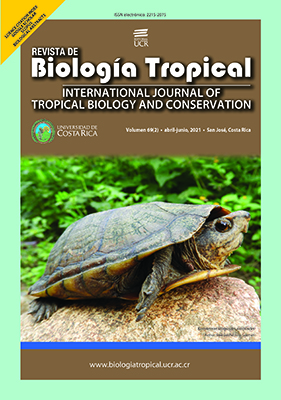Abstract
Avocado (Persea americana Mill.) is a member of Lauraceae with one-seeded berry fruit and cultivated in all tropical, subtropical regions in the world and in the Southern coast region of Turkey. Oxidative damage caused by UV can trigger inflammation, resulting in serious inflammatory skin diseases including eczema, seborrheic dermatitis, hyperpigmentation and ageing. Enzyme inhibitors involved in melanogenesis, such as tyrosinase, have been used recently for hyperpigmentation and skin diseases in cosmetic products. Objective: This study aimed to evaluate the antioxidant, anti-inflammatory, anti-tyrosinase activities and total polyphenolic contents of the different parts of P. americana fruit. Methods: The fruit was divided into exocarp, mesocarp, seed, and then methanol and n-hexane extracts were prepared. DPPH and ABTS free radical scavenging capacities and inhibitory potentials on lipid peroxidation were determined to investigate the antioxidant potentials of the extracts. Anti-inflammatory activities of the extracts were evaluated by measuring the stabilization level of the human red blood cell membrane. The tyrosinase inhibitory activities of the samples were determined using mushroom tyrosinase. Results: In general methanol extracts possessed remarkable higher DPPH free radical scavenging activities than n-hexane extracts. The highest activity was determined in methanol extracts of seed (4.17 ± 0.04 mg/mL) followed by exocarp (5.25 ± 0.05 mg/mL). Overall methanol extracts possessed higher ABTS free radical scavenging activities than n-hexane extracts. The greatest ABTS free radical scavenging activity was obtained in methanol extracts of seed (0.03 ± 0.01 mg/mL). In the anti-lipid peroxidation assay, the greatest activity was noticed in methanol extracts of seed (7.71 ± 0.36 µg/mL) followed by exocarp (12.12 ± 0.34 µg/mL), while all n-hexane extracts were inactive. Overall methanol extracts exhibited higher anti-inflammatory and antioxidant properties than n-hexane extracts. However, the maximum anti-tyrosinase activity was determined in n-hexane extracts of exocarp (0.40 ± 0.01 mg/mL) followed by seed (0.46 ± 0.01 mg/mL). Conclusions: These extracts are promising candidates for use as natural products-based antioxidant and anti-inflammatory properties in inflammation-related disease, and also anti-tyrosinase properties in dermatological applications.
##plugins.facebook.comentarios##

This work is licensed under a Creative Commons Attribution 4.0 International License.
Copyright (c) 2021 Yilmaz Sarialtin







